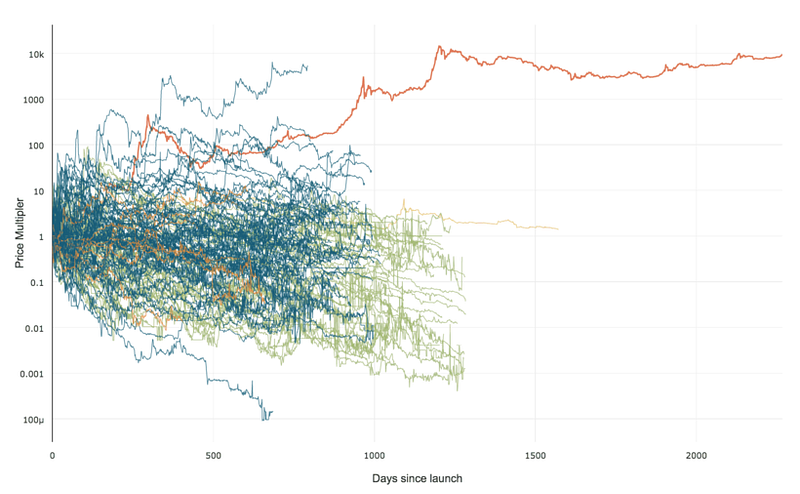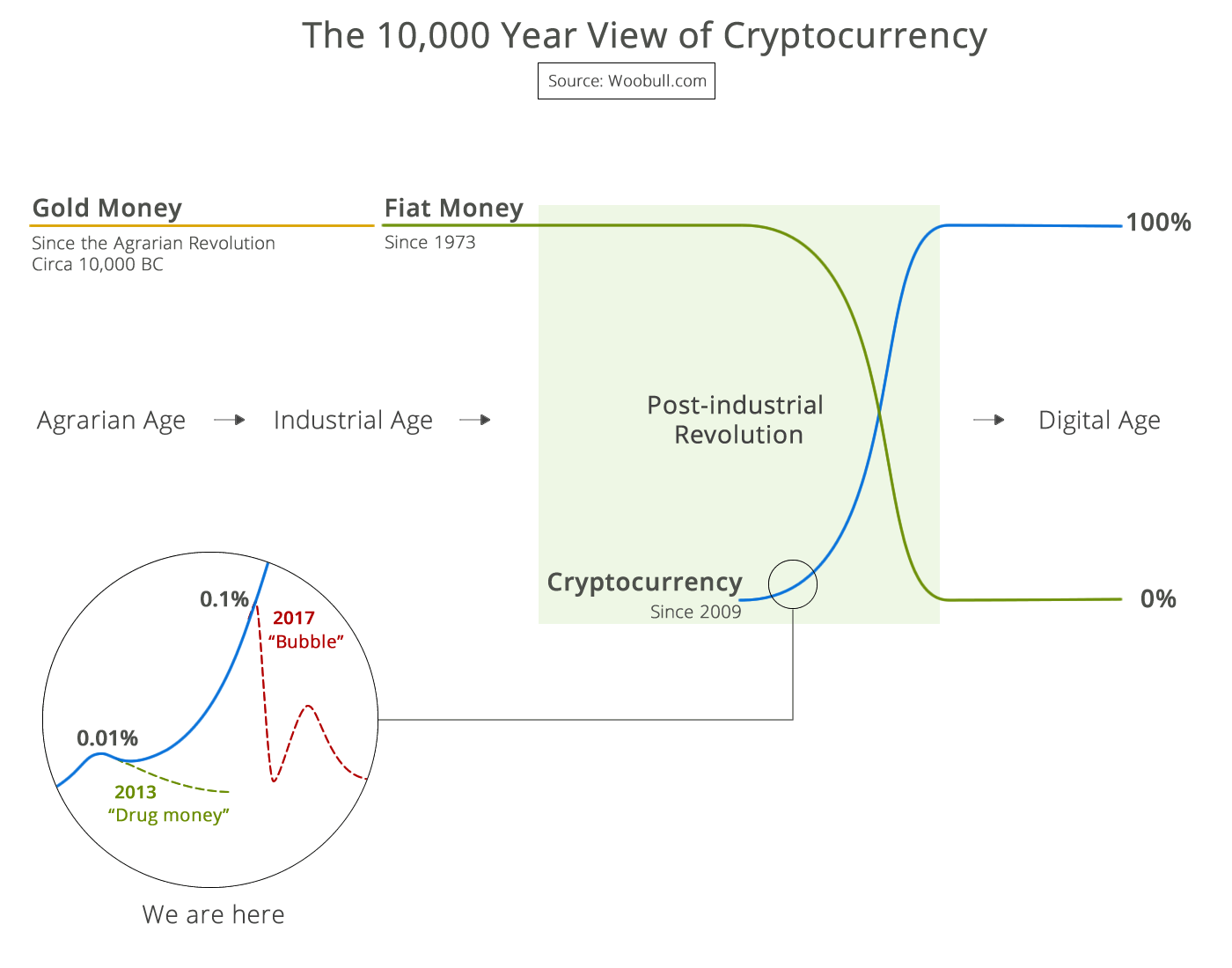What happens when all the features are present in the software you use? What does the next feature look like when everything is already done? There are really 3 parts of a software package that are independently measurable: Performance, Features, and Usability. I would assert that Features and Usability are approaching an asymptotic regime for both Microsoft and Linux personal user experience. Back in 2002, I was humored when I read the Microsoft releases indicating they were holding up the release of what was then Longhorn so that the user base could “catch up with technology” and basically come to understand what they already have available. For example, do you know anybody who actually uses all the features of Word? So what’s the value of upgrading? Everybody already has the features they want, so what is the motivation to buy the next version?
[P.S. I know you think Linux is too hard to use. Well, you haven’t been interested enough. I wrote off a year of computer learning to learn Linux well. I’m no expert, but I’m certainly conversant. A year sounds long until you consider that I dabbled with Windows for the prior 12 years. How long have you used Windows? If you used Linux for the same length of time, do you honestly think it would still be difficult?]
From my point of view, the question has drifted from whether a given operating system can do something I want. They’re both there. Or if not, they will be very soon. There just isn’t that much difference any more. In either case, the new issue is that there isn’t any point in upgrading to the newest best if what you have is already 30% more than you use. If that’s true, then what?
What happens when each operating system does everything you need and nobody feels a need to upgrade? I still use Windows 2000, and never felt a need to upgrade to XP. That is a problem for Microsoft, and it will only get worse with each new release. Feeling the soft acceptance is probably what led to the delay announcements for Longhorn that I mentioned above. In the extreme, I predict Microsoft will drift away from the home/office computer software business in order to keep up the revenue growth. They’ll move to where consumers are still in the adoption mode. Within the next 8 years, we’ll look back and speak historically of when Microsoft controlled the desktop. On the Open Source side, there is no direct profit margin, so new improvements will continue to dribble out, but the consumer pull will still be weak.
If this thesis is true, what does it predict?

 99% of ICOs Will Fail
99% of ICOs Will Fail The 10,000 year view of cryptocurrency
The 10,000 year view of cryptocurrency